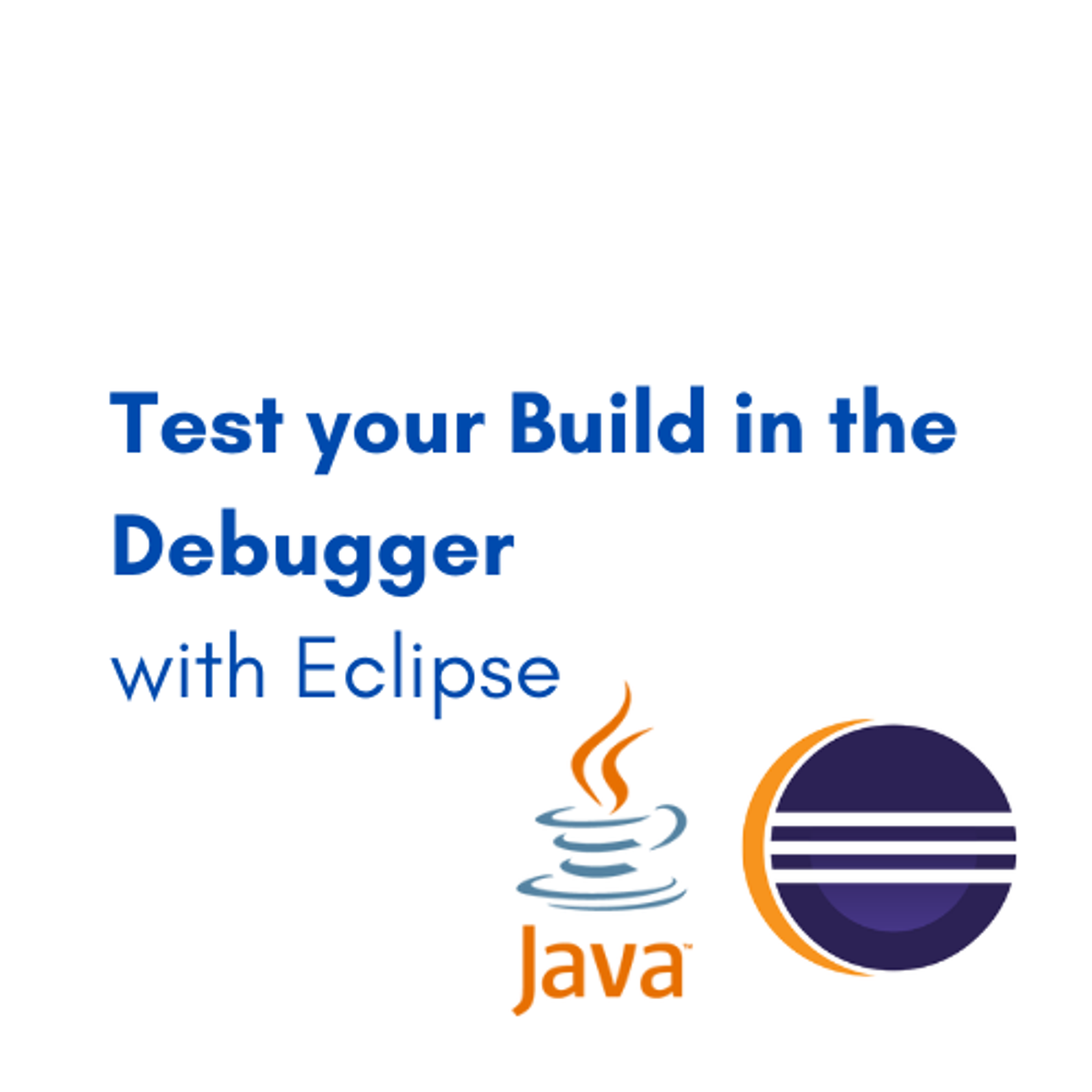Back to Courses









Computer Science Courses - Page 210
Showing results 2091-2100 of 2309

Beginning Custom Projects with Raspberry Pi
In this course you will use a Raspberry Pi 4 to build a complete network-connected project with sensors and motors and access it from your smartphone. We'll explore all the parts which make this work, so you can use this experience as a foundation for your own projects. We'll use the Raspberry Pi as an "embedded system" (as opposed to a desktop computer) so you're ready to build a Raspberry Pi into your projects as the brains that make it all work. Want to build your own Internet of Things (IoT) device? Home automation? Robotics? This is the class to learn how it all works, to get you building on your own. No experience in embedded systems, programming, or electronics is assumed, and optional bonus sections are provided for those who want a fast start in Python programming, Linux essentials, and basic electronics. The course is divided into four modules to explore each focus area with demontrations and extras along the way: 1) installing and configuring a Raspberry Pi, 2) accessing the Raspberry Pi over the network, 3) programmatically controlling external sensors and motors, and 4) accessing the embedded device through a web interface. After these four modules you'll get started building your own projects right away, and the three follow-on courses in this Coursera specialization dive into each area to really boost your skills and the complexity of your projects. I hope you enjoy all the courses and I hope you take your builds to the next level.

Real-World Cloud PM 3 of 3: Security, AWS Well-Architected
Sponsored by AMAZON WEB SERVICES (AWS). Learn real-world technical and business skills for product managers or any job family involved in the rapidly expanding cloud computing industry. Ace the AWS Certified Cloud Practitioner Exam.
This course is the 3rd in a 3-course Specialization. Complete the first and second courses before attempting this one.
Featuring
* NANCY WANG, GM of AWS Data Protection Services, AWS; Founder and CEO, Advancing Women in Tech (AWIT)
* BOYD BISCHOFF, Director Software Development AWS
* GORDON YU, Technical Product Manager, AWS; General Counsel and Coursera Director, AWIT.

Requirements Elicitation: Artifact and Stakeholder Analysis
In Elicitation: Artifact and Stakeholder Driven Analysis, you will learn to use both recorded and presently unrecorded knowledge in your elicitation techniques. As you get started in finding out about the new product, you must first learn about the product that was (if there was one) and then learn about the system to be. Oftentimes, you'll find yourself in an environment you know nothing about! This course will help you find ways to learn about the domain, the system that was, and the system to be. Please review: "Who this class is for to determine if you are ready to take this graduate level course".

How to Draw With Shapes and Lines in Adobe Illustrator
After completing this project, you will be able to perform simple functions within the Adobe Illustrator software yourself. First, you will familiarize yourself with the terminology and structure of Adobe Illustrator. Then you will learn to use different shapes and manipulate them to create simple logos and images. You will also learn to use coloring techniques and add text in Adobe Illustrator. Adobe Illustrator allows you to create numerous illustrations and graphics. For example, you can use Adobe Illustrator to create a logo, an infographic, and more.
The aim of this project is to familiarize you with the basic functions in Adobe Illustrator in order to be able to create simple illustrations yourself. By the end of this project, you will have created a simple logo with guidance and you will also be able to create alternative logos on your own.

Test your Build in the Debugger with Eclipse
By the end of this project, you will be able to use the Eclipse Debugger to create breakpoints, view the values of variables, add step filters, create exception breakpoints, create condition breakpoints and use tracepoints. This project uses Java with the Eclipse IDE.
This project is for intermediate programmers and Anyone with an understanding of methods, variables, if statements, loops, classes, and the Eclipse IDE with a desire to learn how to use debugging tools should partake in this course. Learning how to use debugging tools will enhance your debugging skills, making you a more productive and efficient programmer. A large amount of programming is solving bugs, it makes sense to utilise tools to make the task easier.

Website Styling
In this 1-hour long project-based course, you will learn how to gain an understanding of CSS by setting up an HTML doc and examining the styling in it. Learn the CSS syntax breakdown then practice how to use it on their stylesheet. Learn what CSS selectors are and how to call each selector when using your stylesheet.
Will be introduced to the three different forms of CSS; internal, external, and inline. Will be introduced and utilize three aspects of CSS; Borders, Backgrounds, Margins. Will be introduced and utilize three aspects of CSS; Color, Text, Fonts.
Note: This course works best for learners who are based in the North America region. We’re currently working on providing the same experience in other regions.

Python Object Basics: Functions, Recursion, and Objects
Code and run your first python program in minutes without installing anything!
This course is designed for learners with limited coding experience, providing a solid foundation of not just python, but core Computer Science topics that can be transferred to other languages. The modules in this course cover functions, recursion, objects, and mutability. Completion of the prior 2 courses in this specialization are recommended.
To allow for a truly hands-on, self-paced learning experience, this course is video-free. Assignments contain short explanations with images and runnable code examples with suggested edits to explore code examples further, building a deeper understanding by doing. You'll benefit from instant feedback from a variety of assessment items along the way, gently progressing from quick understanding checks (multiple choice, fill in the blank, and un-scrambling code blocks) to small, approachable coding exercises that take minutes instead of hours.

Create a singly linked list of simple data using Java
In this project, the learner will create a singly-linked list where each node stores simple data (like name and age). The learner will achieve this by creating a node and writing methods to add, remove, and output data in the linked list. The learner will also learn how to use the Java LinkedList class to implement a singly-linked list.

Introducing Security: Aligning Asset and Risk Management
Course 1 - Introducing Security and Aligning Asset Management to Risk Management
In this course, we're going to start by discussing the security concepts, identifying corporate assets, and discussing the risk management process.
Course 1 Learning Objectives
After completing this course, the participant will be able to:
L1.1 - Classify information security and security concepts.
L1.2 - Summarize components of the asset management lifecycle.
L1.3 - Identify common risks and vulnerabilities.
L1.4 - Provide examples of appropriate risk treatment.
Course Agenda
Module 1: Understand Security Concepts (Domain 1 - Security Operations and Administration)
Module 2: Participate in Asset Management (Domain 1 - Security Operations and Administration)
Module 3: Understand the Risk Management Process (Domain 3 - Risk Identification, Monitoring and Analysis)
Module 4: Understand the Risk Treatment Process (Domain 3 - Risk Identification, Monitoring and Analysis)
Who Should Take This Course: Beginners
Experience Required: No prior experience required

Create Your First Multithreaded Application in Java
In this 2-hour long project-based course, you will learn how to create a banking application that uses conditions and locks to ensure thread safety, practice designing programs that take advantage of multiple threads without losing data integrity, and learn how to apply multithreading to your own projects. By the end of the guided project, you will be able to create your own thread-safe Java multithreaded applications.
Mutithreading is an essential part of modern programming. Almost all modern computers contain multi-core CPUs, GPUs, or even multiple CPUs. Multithreading allows us to have multiple parallel threads of execution, allowing our programs to become multiple times faster than a single threaded application. In addition, understanding parallel programming principles is essential for building many modern applications such as video games, data science, and server connections. Understanding how to create Java multithreaded applications will greatly expand your programming potential.
This course works on the Rhyme platform, which allows you to have a custom Windows VM ensuring you do not have to worry about any of the setup work for your application. Students will be able to code along on their desktop and learn by coding with the instructor. At the end of the course, you will receive the files you created in the course.
Note: This course works best for learners who are based in the North America region. We’re currently working on providing the same experience in other regions.
